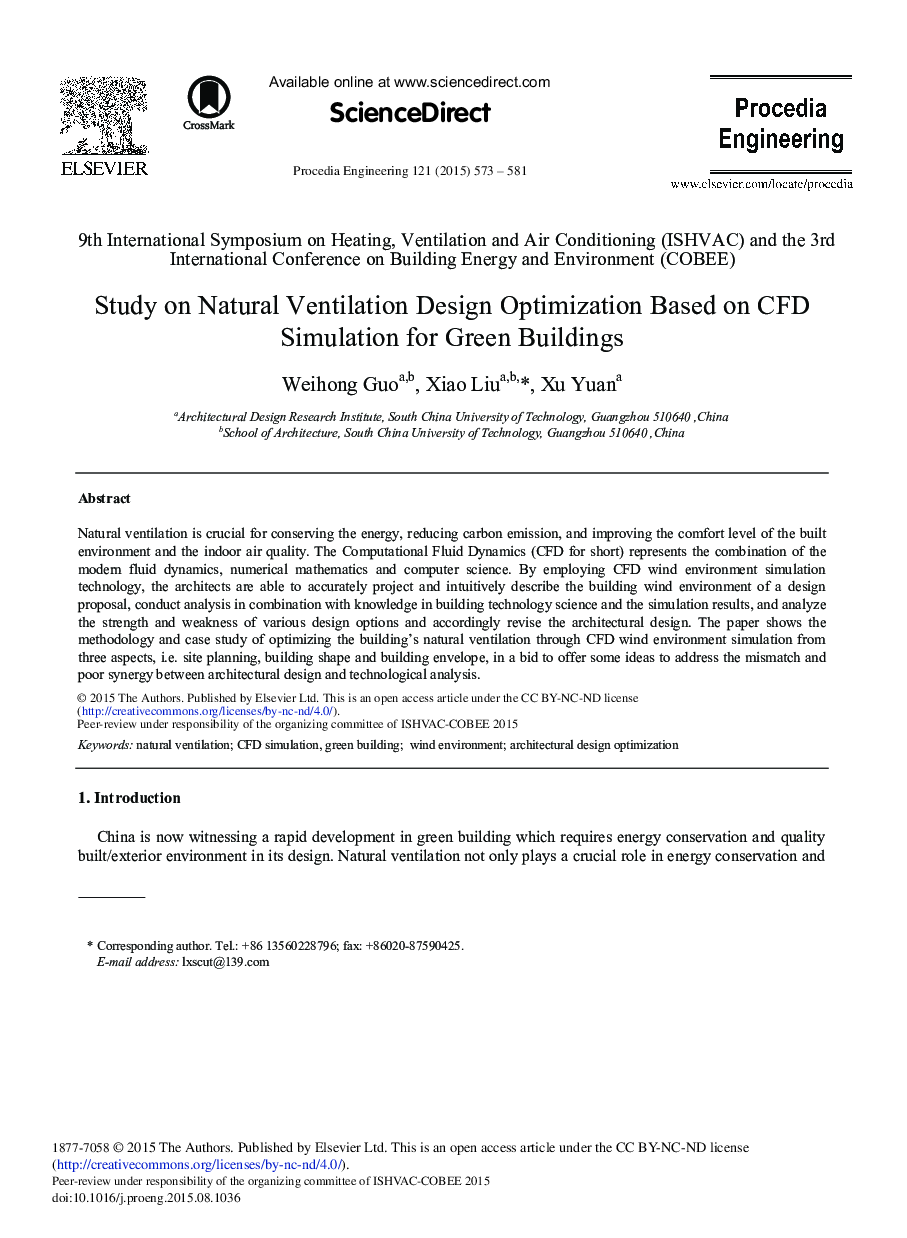| Article ID | Journal | Published Year | Pages | File Type |
|---|---|---|---|---|
| 854927 | Procedia Engineering | 2015 | 9 Pages |
Natural ventilation is crucial for conserving the energy, reducing carbon emission, and improving the comfort level of the built environment and the indoor air quality. The Computational Fluid Dynamics (CFD for short) represents the combination of the modern fluid dynamics, numerical mathematics and computer science. By employing CFD wind environment simulation technology, the architects are able to accurately project and intuitively describe the building wind environment of a design proposal, conduct analysis in combination with knowledge in building technology science and the simulation results, and analyze the strength and weakness of various design options and accordingly revise the architectural design. The paper shows the methodology and case study of optimizing the building's natural ventilation through CFD wind environment simulation from three aspects, i.e. site planning, building shape and building envelope, in a bid to offer some ideas to address the mismatch and poor synergy between architectural design and technological analysis.
